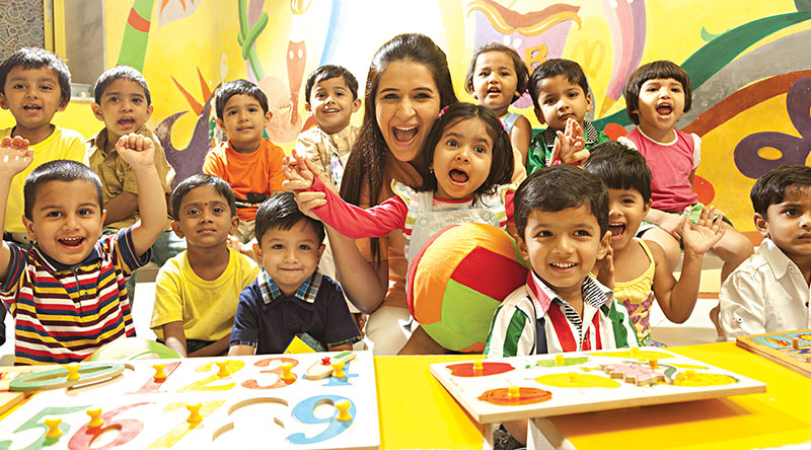
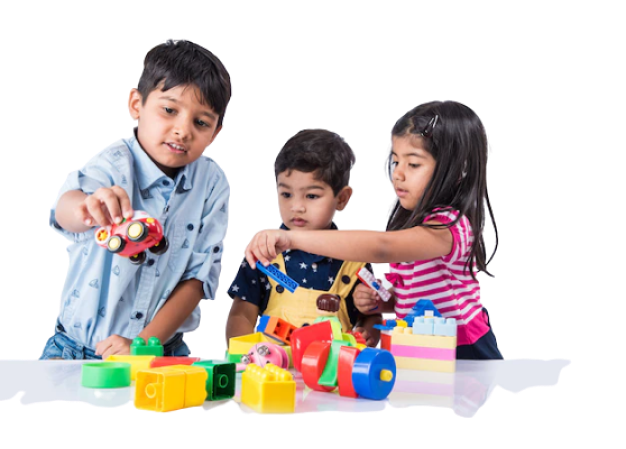
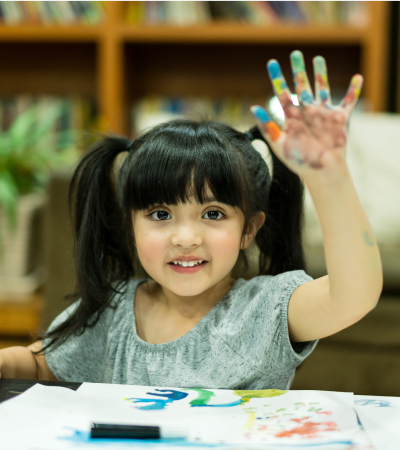
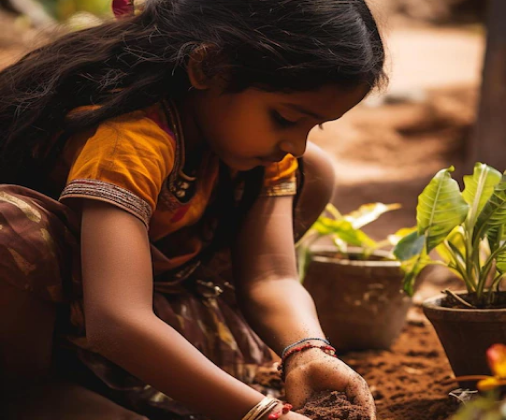
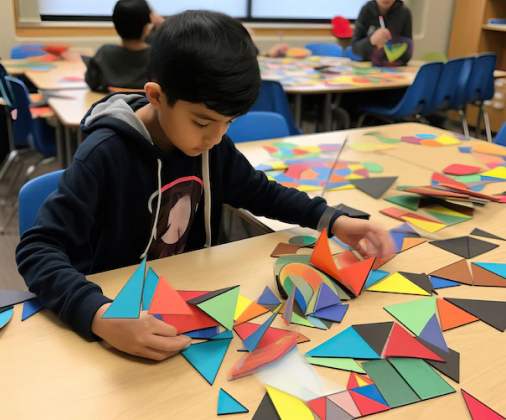
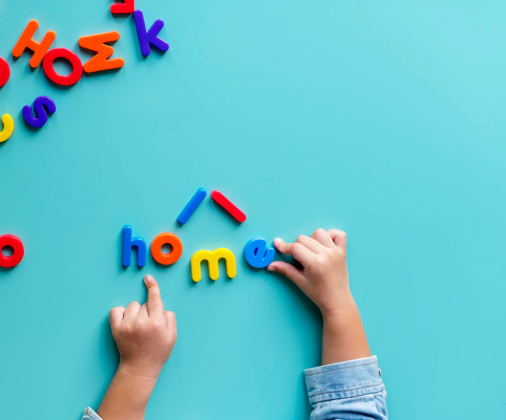

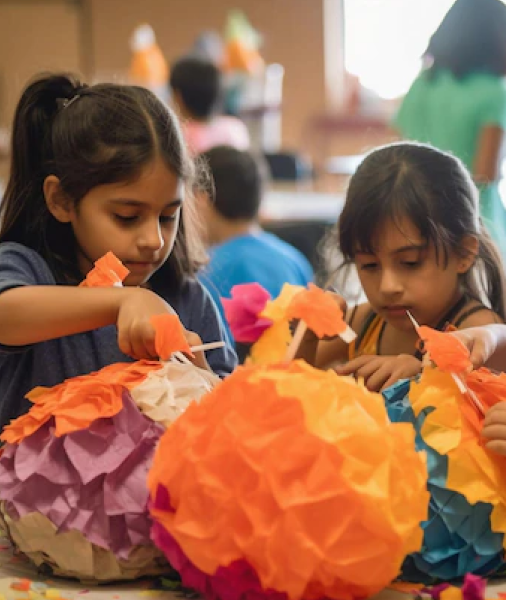
Sparrows places a strong emphasis on a well-rounded education, fostering both academic excellence and character development in students.
Sparrows is situated in a serene and picturesque setting on the outskirts of [fictional town/city], providing a conducive learning environment.
Sparrows serves students from preschool (age 3 and up) through 12th grade, offering a continuum of education to support their growth and development.
Sparrows’ core values include integrity, compassion, resilience, creativity, and collaboration. These values guide our students in becoming responsible and well-rounded individuals.
To apply for enrollment at Sparrows, please visit our official website or contact our admissions office for detailed information on the application process, deadlines, and requirements.
Sparrows offers a wide range of extracurricular activities, including sports, music, arts, clubs, and community service programs. These activities allow students to explore their interests and talents beyond the classroom. Information about specific offerings can be found on our website or in our school brochure.